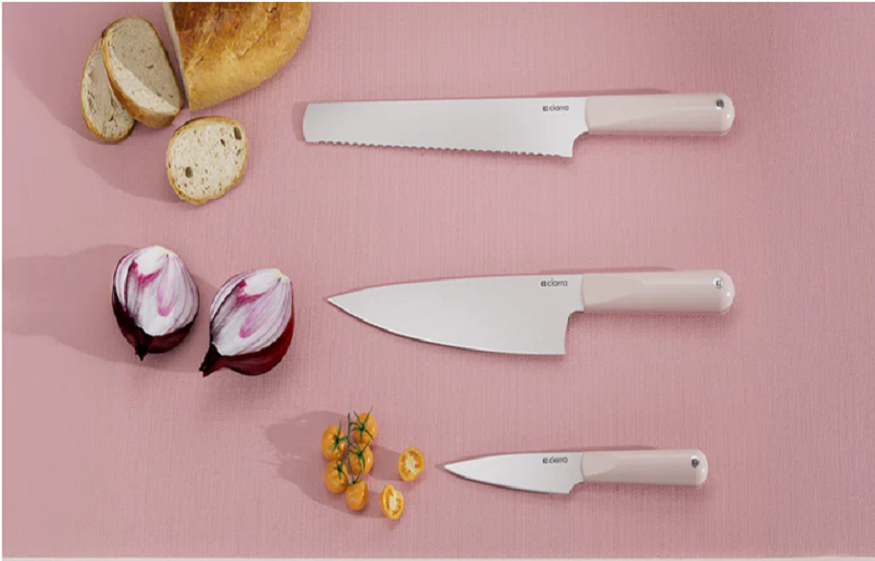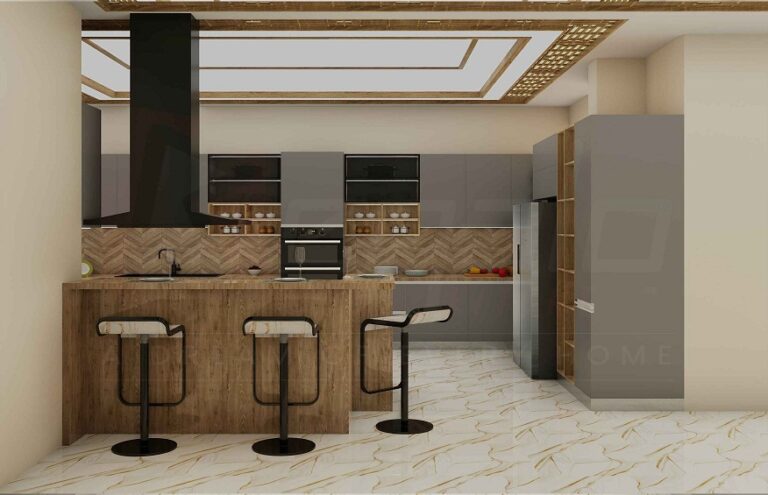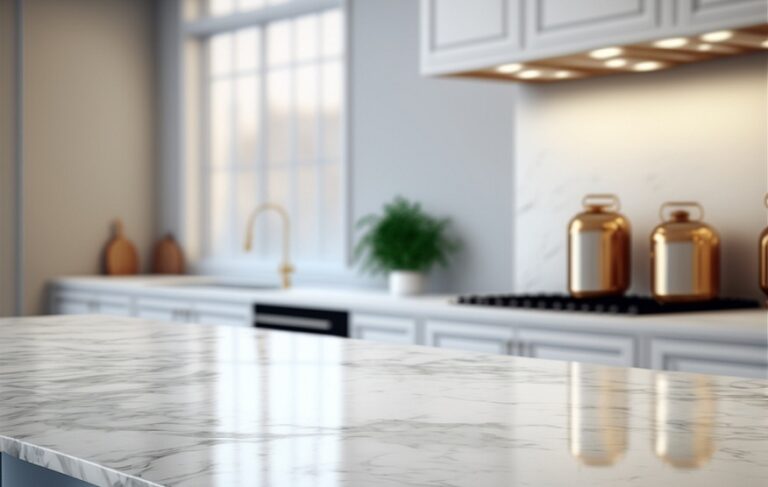
Whether you’re a professional chef or a home cook, having the right tools at your disposal is essential for efficient and enjoyable cooking. Among these tools, a paring knife and a ductless cooker hood stand out for their everyday use in the kitchen. However, over time, both can encounter common problems that affect their performance. Here’s a breakdown of typical issues with each, along with practical solutions.
Common Problems with Paring Knives and Their Solutions
Paring knives are essential for detailed tasks like peeling, coring, and trimming, and they require proper care to maintain their efficiency. Here are some common issues that can arise with paring knives:
Problem 1: Dull Blade
One of the most common issues with any knife, including a paring knife, is a dull blade. A dull knife not only makes cutting more difficult but also increases the risk of injury because you’ll need to apply more force to cut, which could lead to slips.
Solution:
Sharpening: Regularly sharpen the blade to maintain its edge. A sharpening stone or honing rod can be used to restore the blade’s sharpness. For precision sharpening, consider professional sharpening services every 6–12 months, depending on usage.
Use a Honing Rod: A honing rod doesn’t sharpen but helps realign the blade’s edge. Use it every few uses to keep the knife sharp.
Knife Maintenance: Always cut on a soft surface like a wooden or plastic cutting board, as cutting on hard surfaces like glass or stone can dull the knife faster.
Problem 2: Loose Grip or Handle
Over time, the handle of a paring knife can loosen, which may lead to instability and discomfort while using the knife. This can happen due to wear and tear or poor construction.
Solution:
Check the Handle: Inspect the handle for any visible damage or signs of wear. A loose handle can often be tightened if it is held in place by screws or rivets.
Re-glue the Handle: If the handle is made of materials like wood and is starting to come loose, applying food-safe glue can help restore its stability.
Consider Replacement: If the handle is too damaged or the knife is old, it may be more cost-effective to replace the knife or have a professional repair it.
Problem 3: Rust on the Blade
Rust is a common issue, especially if the knife is frequently exposed to moisture or not properly cleaned and dried.
Solution:
Proper Cleaning: Always wash your paring knife by hand using mild soap and warm water. Dry it immediately to prevent moisture from lingering on the blade.
Use a Blade Oil: If rust continues to form, using a light coating of food-safe oil can prevent moisture from coming in contact with the metal.
Rust Removal: For light rust, you can use a non-abrasive pad or a paste made from baking soda and water to gently scrub the rust away. For heavy rust, consider professional restoration.
Related: what is a paring knife used for
Common Problems with Ductless Cooker Hoods and Their Solutions
Ductless cooker hoods, also known as recirculating range hoods, are designed to filter air without venting it outside. They are particularly useful in kitchens where external venting is not an option. Despite their benefits, ductless cooker hoods can face performance issues. Here are the most common problems and their solutions:
Problem 1: Insufficient Suction Power
One of the most frustrating problems with ductless cooker hoods is a lack of suction, meaning the hood doesn’t properly filter smoke, grease, and odors from the kitchen.
Solution:
Check the Filters: Over time, the filters can become clogged with grease and debris. Clean or replace the filters regularly. Carbon filters should be replaced according to the manufacturer’s instructions (usually every 3–6 months), and mesh or baffle filters should be washed every few weeks.
Check Fan Speed Settings: Ensure that the fan is set to the appropriate speed for the amount of cooking being done. If the fan speed is too low, it may not effectively capture smoke and steam.
Check for Obstructions: Make sure there are no blockages or restrictions in the hood’s airflow path. Clean the area around the intake and exhaust vents to ensure free airflow.
Consider a More Powerful Model: If the cooker hood is undersized for your cooking needs, upgrading to a more powerful unit might be necessary.
Problem 2: Excessive Noise
A noisy cooker hood can be annoying, especially if the noise level is excessive and affects the comfort of the kitchen environment. This can happen due to several factors, including a malfunctioning motor or improperly installed parts.
Solution:
Clean the Fan Blades: Dirt and grease buildup on the fan blades can cause them to make noise. Cleaning the fan blades regularly can reduce unwanted sounds.
Check the Motor: If the noise is coming from the motor, it could be an indication of wear or damage. A professional technician can inspect and replace the motor if needed.
Inspect the Ductwork: Sometimes, the noise comes from the ductwork, especially if it’s not properly installed or if the ducts are too narrow. Consider having the ducts checked for leaks or obstructions.
Use Insulated Ducts: If noise from the ducting is a problem, using insulated ducts can help reduce sound transmission.
Problem 3: Poor Odor Removal
Ductless cooker hoods rely on carbon filters to absorb odors, but if the filter becomes saturated, it may no longer effectively neutralize cooking smells.
Solution:
Replace the Carbon Filters: Over time, carbon filters lose their ability to absorb odors. Replacing them regularly ensures the hood continues to filter air efficiently.
Increase Ventilation: If odors persist, try increasing the air circulation in your kitchen by opening windows or using additional fans. This will help disperse smells more quickly.
Check for Exhaust Issues: Ensure that air is being properly recirculated through the unit. If the system is poorly installed, air may not be effectively removed, causing odors to linger.
Conclusion
Both paring knives and ductless cooker hoods are indispensable kitchen tools, but like all appliances, they are prone to wear and tear. Regular maintenance and care can extend their lifespan and improve their performance. By addressing issues like dull blades, loose grips, poor suction, and excessive noise, you can ensure that these tools continue to serve you well, making your cooking experience smoother and more efficient.






